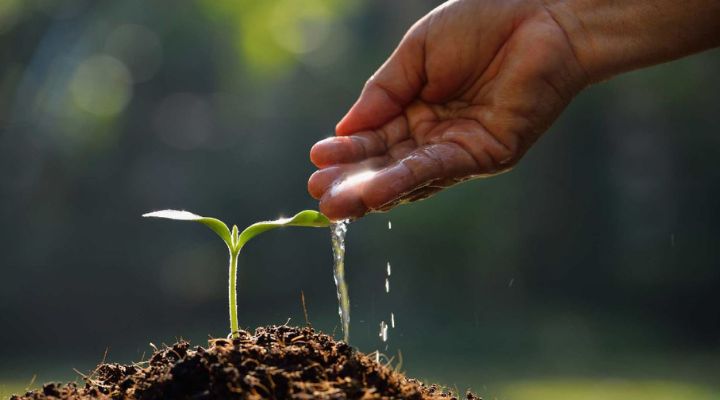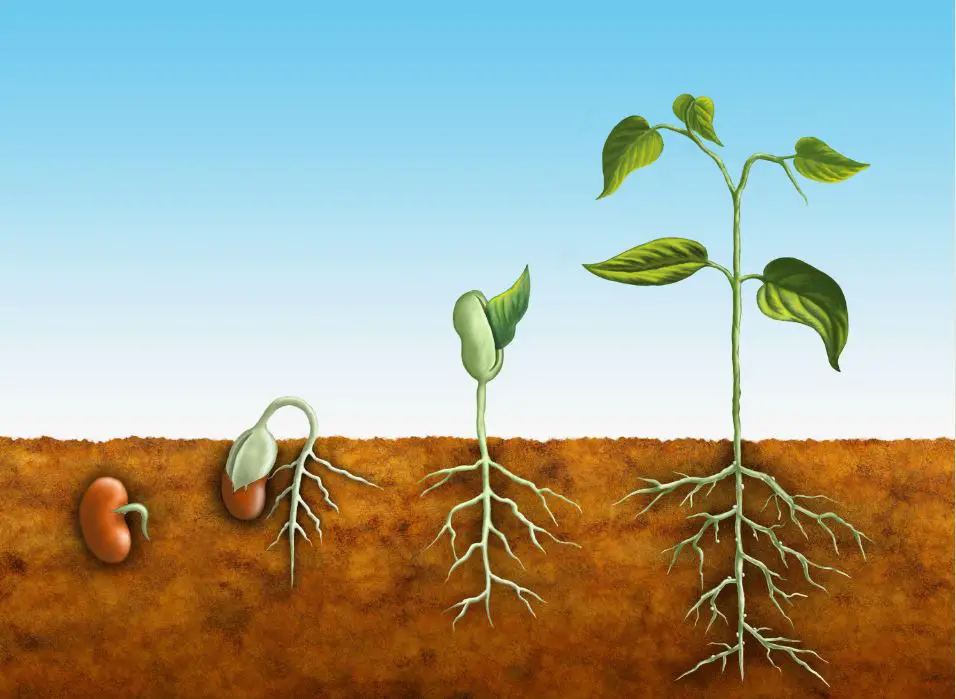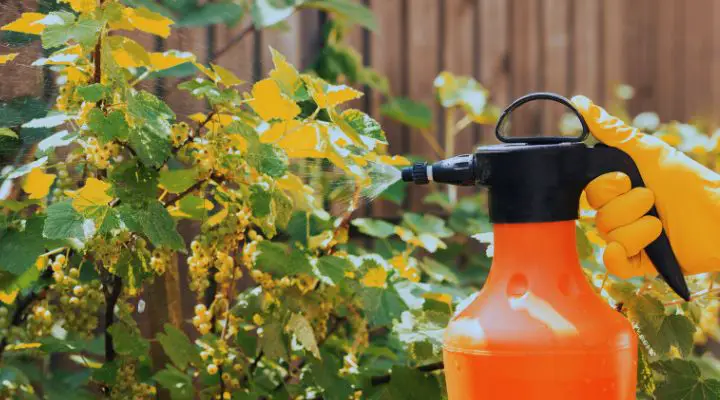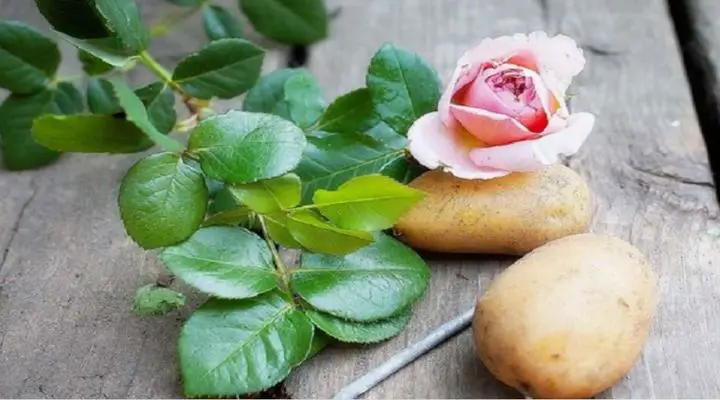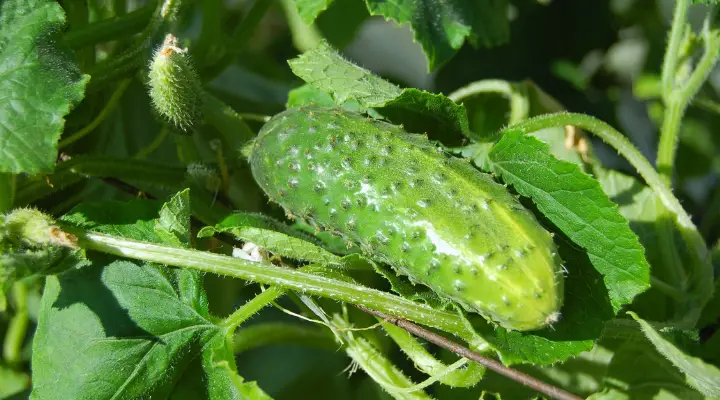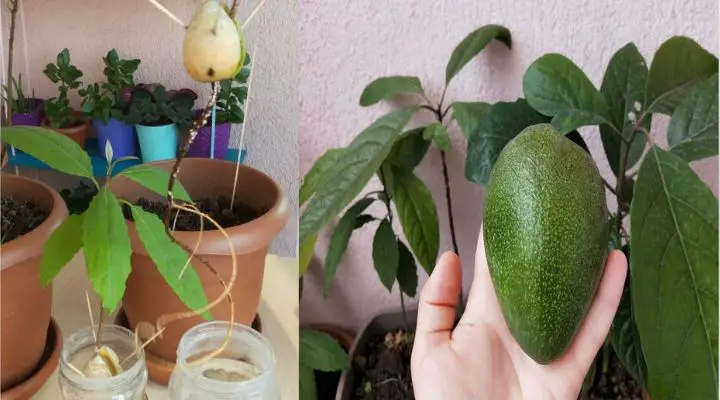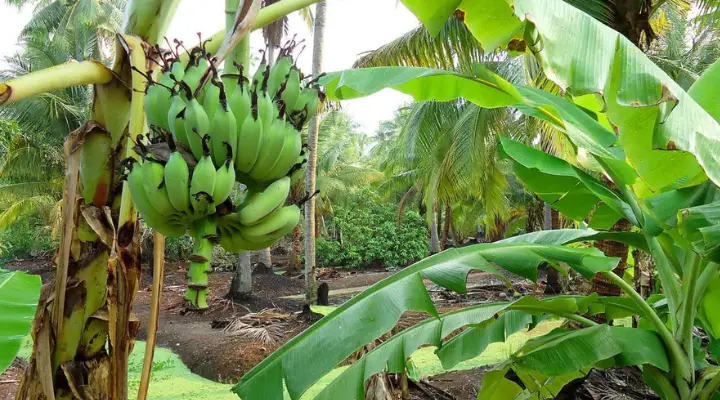Gardening is more than just a hobby; it’s a rewarding activity that brings you closer to nature and provides numerous benefits. Whether you’re growing flowers, vegetables, or herbs, there’s something incredibly satisfying about watching your plants thrive. But how do you ensure your garden flourishes? Let’s dive into seven amazing ways and tricks to grow plants successfully.
1. Choose the Right Plants for Your Climate
Understanding Your Hardiness Zone
Before you start planting, it’s crucial to know your hardiness zone. This zone indicates the climatic conditions of your area and helps you select plants that will thrive in your region. Check the USDA Hardiness Zone Map to determine your zone and choose plants accordingly.
Selecting Native Plants
Native plants are adapted to your local environment, making them easier to grow and maintain. They require less water, are more resistant to pests, and support local wildlife. Visit your local nursery or extension office to find out which native plants are suitable for your garden.
2. Prepare the Soil Properly
Soil Testing
Good soil is the cornerstone of a successful garden. Conduct a soil test to understand its composition and pH levels. This information will guide you in amending your soil to provide the best environment for your plants.
Adding Organic Matter
Incorporating organic matter like compost, manure, or leaf mold can significantly improve soil structure, fertility, and drainage. It also promotes beneficial microbial activity, which is essential for plant health.
Ensuring Proper Drainage
Poor drainage can lead to root rot and other plant diseases. If your soil is heavy and clay-like, consider adding sand or perlite to improve its drainage capabilities. Raised beds are another excellent solution for areas with poor drainage.
3. Watering Techniques
The Importance of Consistent Watering
Plants need consistent moisture to grow well. Too little water can stress plants, while too much can suffocate their roots. Establish a regular watering schedule that suits the needs of your plants and climate.
Watering Methods: Drip Irrigation, Soaker Hoses, and Hand Watering
Drip irrigation and soaker hoses are efficient watering methods that deliver water directly to the plant roots, reducing evaporation and runoff. Hand watering is also effective, especially for small gardens or potted plants. To promote deep root development, make sure you water well.
Best Times to Water Your Plants
Watering in the early morning or late afternoon is ideal as it reduces water loss due to evaporation and allows plants to absorb moisture before the heat of the day. Watering in the evening should be avoided as it might encourage fungus illnesses.
4. Use Mulch to Your Advantage
Types of Mulch
Mulch can be organic, like wood chips, straw, or grass clippings, or inorganic, like gravel or landscape fabric. Each type has its benefits and can be chosen based on your specific needs.
Benefits of Mulching
Mulch helps retain soil moisture, suppress weeds, regulate soil temperature, and add organic matter to the soil as it decomposes. It’s a simple yet effective way to improve your garden’s health.
How to Apply Mulch Correctly
Apply a 2-3 inch layer of mulch around your plants, ensuring you don’t pile it against the plant stems, which can cause rot. Replenish mulch as needed to maintain its effectiveness.
5. Prune Regularly
Why Pruning is Essential
Pruning promotes healthy growth, improves air circulation, and prevents diseases. It also helps shape the plants and encourages more blooms or fruit production.
Pruning Techniques for Different Plants
Different plants require different pruning techniques. For example, roses benefit from deadheading, while fruit trees need thinning cuts. Research the specific needs of your plants to prune them correctly.
Best Times to Prune
The best time to prune varies by plant species. Generally, prune flowering shrubs after they bloom, and prune deciduous trees and shrubs in late winter or early spring before new growth starts.
6. Combat Pests Naturally
Identifying Common Garden Pests
Aphids, slugs, and caterpillars are just a few common garden pests. Regularly inspect your plants for signs of pest damage, such as chewed leaves, discolored spots, or stunted growth.
Natural Pest Control Methods
Use natural pest control methods like neem oil, insecticidal soap, or diatomaceous earth to protect your plants. Introducing beneficial insects, like ladybugs and predatory nematodes, can also help control pest populations.
Companion Planting for Pest Control
Growing certain plants next to one other to ward against pests is known as companion planting. For example, marigolds can repel nematodes, while basil can ward off aphids. This method is a natural and effective way to protect your garden.
7. Utilize Composting
Benefits of Composting
Composting converts kitchen scraps and yard waste into nutrient-rich compost, which can improve soil fertility and structure. It’s an eco-friendly way to recycle organic waste and reduce landfill contributions.
How to Start a Compost Pile
Start by choosing a compost bin or creating a designated area in your yard. Combine green materials (like fruit scraps and grass clippings) with brown materials (like leaves and cardboard) in a 1:3 ratio. To promote faster decomposition and aeration, turn the pile frequently.
Using Compost in Your Garden
Utilize your compost to improve the soil in your garden once it’s ready. Apply it as a top dressing, mix it into planting beds, or use it to make compost tea. Your plants will benefit from the added nutrients and improved soil structure.
Conclusion
Gardening is a delightful and fulfilling activity that anyone can enjoy. By choosing the right plants, preparing the soil, watering correctly, using mulch, pruning, combating pests naturally, and utilizing composting, you can create a thriving garden. So, grab your gardening gloves and start growing!
FAQs
How often should I water my garden?
The kind of soil, plant requirements, and climate all affect how often you water. Generally, aim to water deeply once or twice a week, allowing the soil to dry slightly between watering.
What are the best plants for beginners?
Some easy-to-grow plants for beginners include tomatoes, lettuce, radishes, marigolds, and herbs like basil and mint.
How can I improve my soil quality?
Improving soil quality involves adding organic matter like compost, maintaining proper pH levels, and ensuring good drainage. Regular soil testing can help you make necessary adjustments.
What are some natural ways to get rid of garden pests?
Natural pest control methods include using neem oil, insecticidal soap, introducing beneficial insects, and practicing companion planting.
How do I know when to harvest my plants?
Harvesting times vary by plant. Generally, vegetables are ready when they reach their mature size and color. Herbs can be harvested as needed, and fruits are typically ripe when they are firm and have full color.

